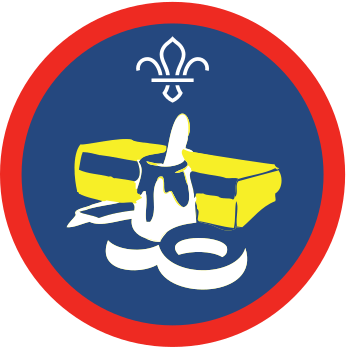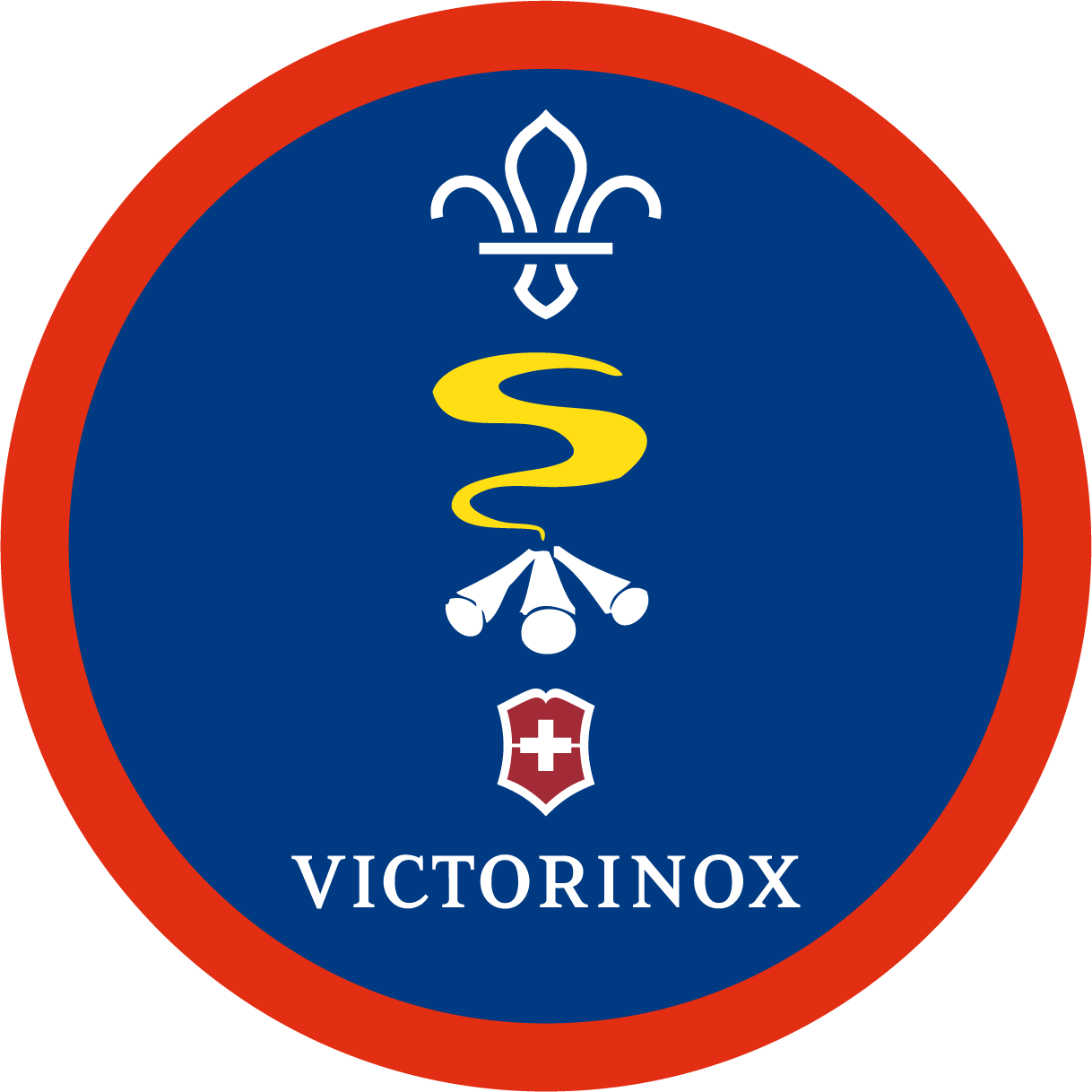
Make your own cork prints
You’ll need
- A sharp knife
- A selection of wine corks
- Paper or card
- Pens/pencils
- Paint or ink printing pads
Before you begin
- Use the safety checklist to help you plan and risk assess your activity. Additional help to carry out your risk assessment, including examples can be found here. Don’t forget to make sure all young people and adults involved in the activity know how to take part safely.
- Make sure you’ll have enough helpers for each team to have one. You may need some parents and carers to help if you’re short on helpers.
Planning this activity
- You must be aware of UK knife law before buying, using, or carrying a knife.
- Take the time to read and understand the Scout knife safety guidance.
- Knives are an important tool for a survival situation and can be versatile if you know how to use them safely and properly.
- A small folding knife that has a blade fewer than three inches long is suitable for a lot of different survival uses. You may need to use a knife with a larger (or fixed) blade for some activities – you should follow the law, only use them when needed, never carry them in a public place, and always store them securely and out of view.
- Young people must be supervised by adults when knives are used.
Keep safe
Gather everyone together. The person leading the activity should explain that it’s important to keep the people around you safe when you’re using a knife. Part of doing this is creating a ‘safe zone’ around the person using the knife. A safe zone is free from people and obstacles.
The person leading the activity should remind everyone of the basics of using a knife safely:
- Learn how to safely remove a knife from its sheath without cutting yourself.
- You should hold a knife firmly but not too tightly.
- Your hand shouldn’t be too far back or too far forward.
- You should grip the knife so that you can see some of the handle where it meets the blade.
- If you’re making smaller cuts or carving, you can place your thumb on the back of the blade to give you more control.
- It’s best to cut down towards the ground with a wooden block or base to make it more stable.
- Make sure you are always cutting away from your body and keeping clear of your hands
Carve your corks
- Select your cork and draw a simple pattern, such as a star or a heart, on one end. The simpler your pattern, the easier it’ll be to carve.
- Using your knife and always cutting away from you, cut out your shape by removing 3mm to 4mm of cork from the outside of your shape.
- When you’re done, dip the patterned end of your cork into some paint (or use ink pads) and print onto your paper. You could swap corks with your friends and create some cool patterns.
- Why not use your cork stamps to make printed greetings cards or wrapping paper?
Top tips
-
Don’t feel pressured to jump straight into making a cork stamp. You could get some clear pine from a timber merchant and make shavings for fuel to get people practising for the first time.
-
It’s best to practise before you show young people to make sure you understand.
-
People should only do what they’re confident and comfortable with – some people may want to just try a few techniques, while others will be ready to take on a project.
Reflection
This activity helped everyone to develop your knife skills. Knowing how to use a knife can be useful on any camp. Did people learn other skills too? Perhaps they learned how to take a deep breath and keep focussed or face their fears and try something new.
This activity also needed people to be responsible. Why’s it important that people know about the law and how to use a knife safely before they pick one up?
Why’s it important to take care of tools like knives? How can people remind themselves to be responsible when they use knives in the future?
Safety
All activities must be safely managed. You must complete a thorough risk assessment and take appropriate steps to reduce risk. Use the safety checklist to help you plan and risk assess your activity. Always get approval for the activity, and have suitable supervision and an InTouch process.
- Sharp objects
Teach young people how to use sharp objects safely. Supervise them appropriately throughout. Store all sharp objects securely, out of the reach of young people.
People should only do what they’re confident and comfortable with – some people may want to just try a few techniques, while others will be ready to take on a project.
There are different types and designs of knives, including those with larger or easier to hold handles. Find the right tools for your group; always stay within UK knife law.
All Scout activities should be inclusive and accessible.




